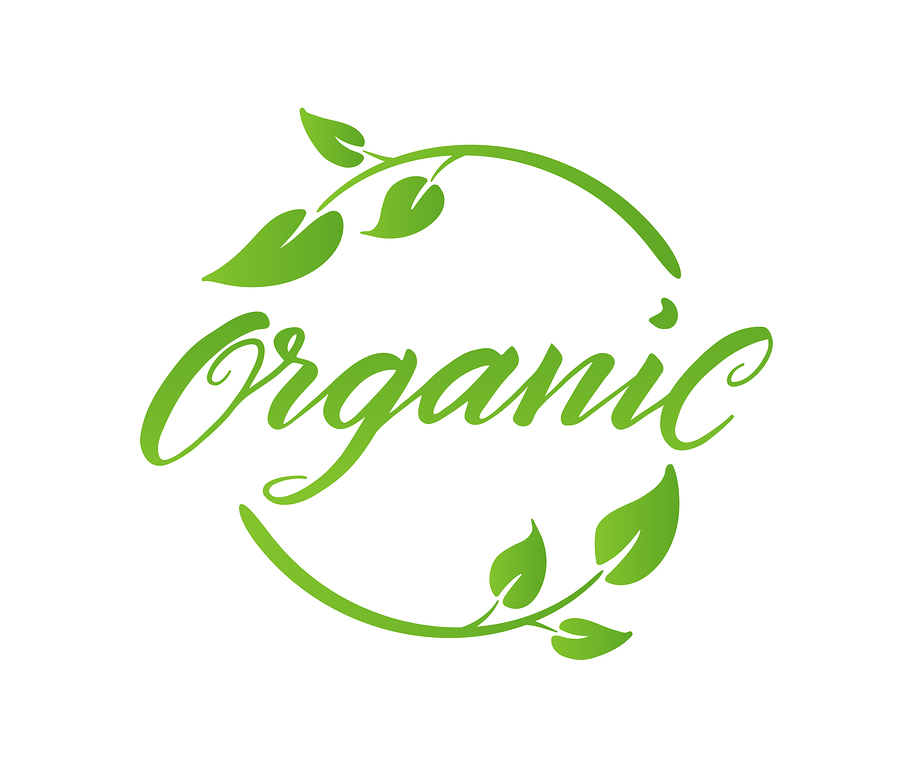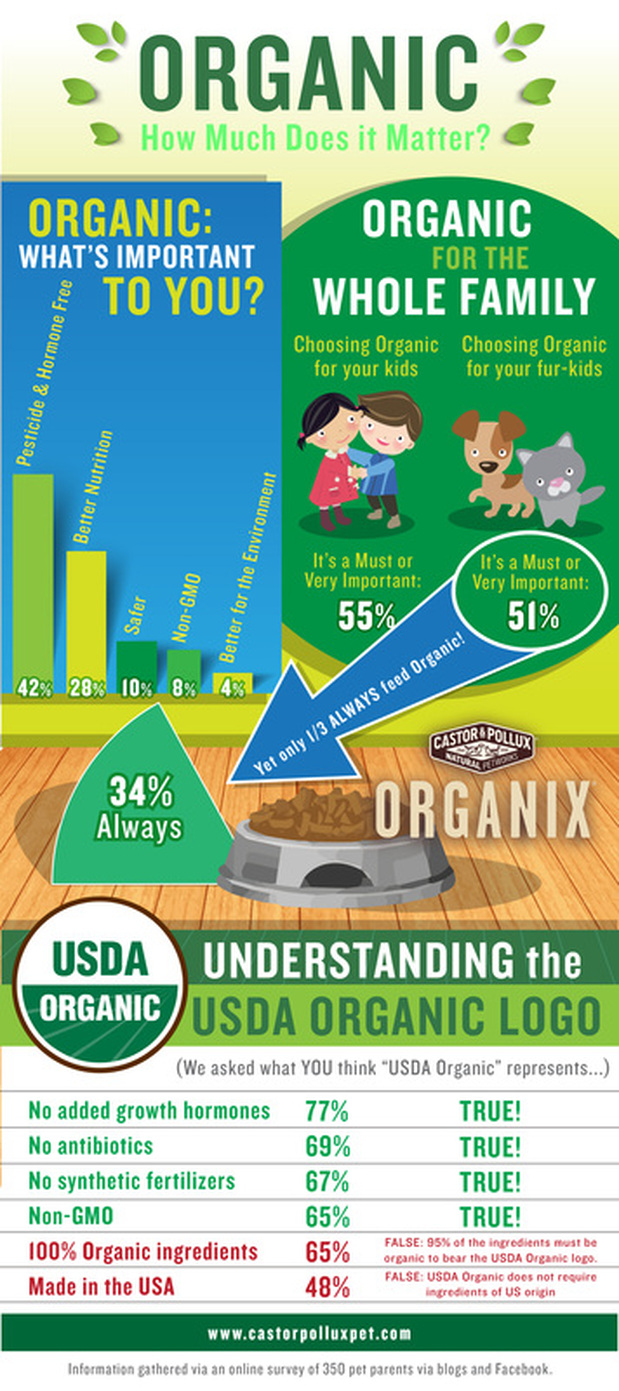
This post may contain affiliate links. We are compensated for referring customers to our affiliate partners.
It always seems that whenever a food trend catches on with humans, dog food is never far behind. After all, while most of us don’t give our dogs the same sort of home-cooked meals (or fast food) that we eat for ourselves, we still want to make sure our best friends and most loyal companions are eating healthy and getting the right mix of nutrients. Not only that, but we also want to make sure we aren’t feeding our pets trace chemicals, heavy metals, or other toxins that could hurt them over time. Organic dog food is one of those trends.
When people switch to a new diet for health reasons, it makes sense to do the same for any pets that are in their care. Of course, dogs are different from humans and need a different mix of foods (chocolate being poisonous is just one famous example), but the organic label can certainly apply equally to human food and dog food.
After all, any kind of plant and animal product can get the USDA certificate so long as it follows the accepted practices. And these practices make the extra price you pay for organic dog food worth it, right?
Right?
Dr. Karen Becker Discusses The Best & Worst Foods For Pets
The Pesticide Problem In Organic Dog Food
Perhaps the most common misconception about certified organic products is the idea that they don’t use a single drop of pesticide in their production. Simply put, this isn’t the case. The biggest reason why organic dog food uses that word, “organic,” is because it’s restricting the kinds of pesticides farmers can use. It does not restrict the amount of pesticides they can use.
The USDA maintains a list of pesticides which it considers okay for use on organic crops, including those used for organic dog food, but the general idea is that they have to be mostly unprocessed and thus originate from nature. The alternative is synthetic pesticides, which have only really caught on in the past few decades.
Synthetic pesticides have the advantage of being more precise in attacking whichever insect, weed, or fungus the chemist designed it to fight, but the big downside is that it’s a brand new chemical that’s leeching into our food and our water supply and we can’t be completely sure what else it might do.
However, natural pesticides aren’t necessarily better just because they’re natural. After all, the poison tree frogs of the South American jungles produce a completely natural toxin that coats their skin, but you wouldn’t want their extremely deadly poison to get into your water supply no matter how all-natural it happens to be. It’s the same deal with organic pesticides, and many organic farmers tend to use quite a lot since they aren’t as effective as the newer synthetic chemicals.
The GMO Questions In Organic Dog Food
Another of the big factors that goes into earning an organic certification is the exclusive use of organically produced seeds and planting stock. This effectively excludes all genetically modified plants, which go through a very non-organic process in order to modify their chromosomes. However, GMO crops are both far more common than you probably think and less dangerous than you might worry about.
While bioengineers will sometimes try to create plant strains that are bigger and tastier than normal, that’s the sort of thing growers can do with selective breeding, too. Instead, most GMOs tend to be plants designed to produce their own pesticides and other chemicals that let them resist predators and parasites without needing any chemical spray at all. So if farmers are going to use dangerous chemicals either way, there’s something to be said for the method that uses fewer of them such as in organic dog food.
One The Other Hand…
While organic dog food might not be exactly what you thought it was, it’s worth pointing out that there are a lot of other regulations which organic farmers have to abide by to keep their certification. For instance, plant farmers need to maintain the fertility of their fields with crop rotation, organic fertilizer, field resting, and erosion control methods. Animal farms need to treat their charges humanely by letting them stretch their legs and wander around outside from time to time.
So if nothing else, you can be sure that when you’re buying organic dog food, you’re buying from farms that have to treat their land with a certain amount of care and their animals with a certain amount of dignity.
That’s not something you can guarantee when you buy something without the organic label, but then that leads to another issue.
To qualify as USDA organic dog food, a farm needs to abide by every single one of the requirements. That means that if they take care of their land and only use a single pesticide spray each year, they won’t qualify as organic if that pesticide was synthetic. A cattle farm with plenty of pastureland and which never uses growth hormones or excessive antibiotics isn’t organic if it buys cheaper, non-organic animal feed.
In the end, the organic dog food label is exactly that: a label. It represents a set of guidelines which farmers can follow, but while the guidelines are related to ethical and responsible farming practices, there’s enough wiggle room on either side that you can’t use the label as a guarantee of good practices.
If you really want to support farmers who take their position as caretakers of the planet seriously, you should do the research and find out exactly where your food is coming from, and that applies whether you’re looking at organic dog food or organic human food. The extra price of organic foods may be worth it to support the environment, but in some cases it might just be an added fee for a fancy label.

